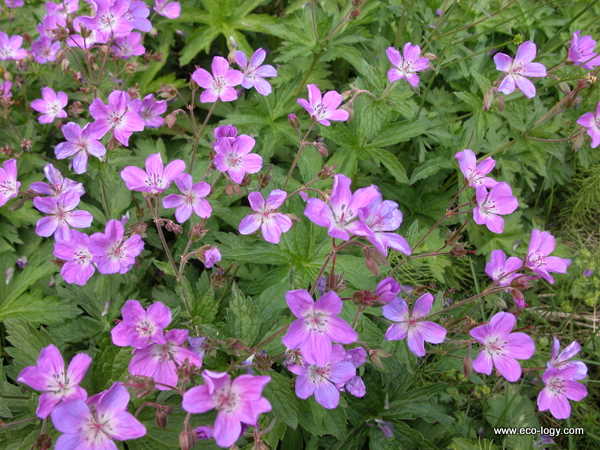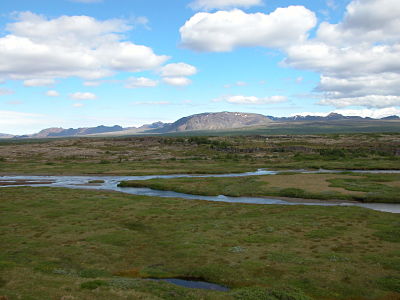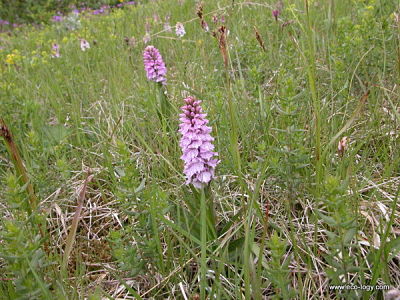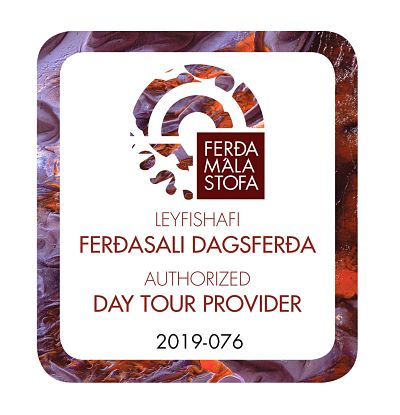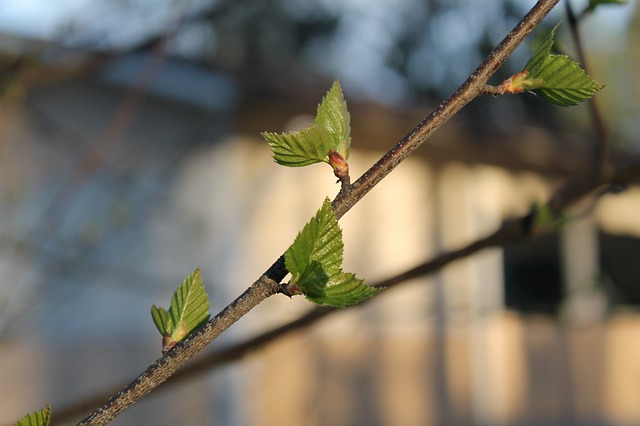BOTANY NEWS
Botanical Information
Welcome to this second issue of Botany News!
TOPICS:
Vistit our website:
HAPPY MIDSUMMER! Welcome again to Botany News the new botanical online e-zine. I hope you are enjoying the content and feedback from you is welcome at any time. If you like this new e-zine you could tell your botanical friends know about it. Some of you are already signed up and are receiving Botany News via email. The future of this e-zine depends on enthusiastic readers, willing to exchange information on plants and events in botany. I strongly encourage you to send in information of mutual benefit to botanists.
Woolly Willow (Salix lanata) is an evergreen creeping or upright woody plant with strong branches and thick annual shoots. In Iceland, Woolly Willow may reach 2m in cultivation. The leaves are broad, pointed and covered with greyish hair. The catkins are thick and bright yellow.
Woolly willow grows well in gardens where it may be grown as a hedge. Woolly willow is tolerant of arid conditions whether in gardens or in the wild. Woolly willow is a dominant species of many heaths and sandy habitats in Iceland and its sand-binding properties are much praised.
The species is usually low-growing or absent if grazing animals are present, while recovering rapidly following protection of land. Woolly Willow is common at northern latitudes and forms scrublands in Iceland, northern Scandinavia and parts of Siberia. This species is also a rare native of Scotland.
The growth and survival of introduced Holcus lanatus in grassland patches. - Botany News. June 2005. By Soffia Arnthorsdottir A mown grassland in Wales was chosen as the study site because of its relatively homogeneous structure and absence of large grazers such as sheep and cattle. A closely mown sward is ideal for experimental studies as it is easy to create patches of a well defined size. A large field experiment was carried out and important findings of the study were reported by Arnthorsdottir (1994). Patches of Holcus lanatus were created in the field to examine the effect of invasion by neighbours. The introduced patches of Holcus are referred to here as Holcus stands. This paper adds to an understanding of the effect of the size of a Holcus stand and plant position within it on plant performance and survival.
In early spring, each Holcus stand was planted into disturbance patches from which all vegetation had been cleared. The performance of Holcus in the patches is a strong indicator of the resources available to the plants. Holcus commonly forms dense aggregations in Welsh grasslands and is a dominant species in the mown grassland of the present study.
The major recordings on Holcus in the patches involved measures of the change in the overall density of Holcus as well as detailed recordings of the performance and survival of individual plants in relation to patch parameters. The results reflect the effect of the patch size, position of a plant within the patch and the relative importance of intra- and interspecific interactions of Holcus and its neighbours. Importantly, the experiment allows a comparison of the growth and survival of Holcus to be made at the same density. The Holcus plants were planted into the stands. The effect of excluding neighbours from the Holcus stands was also examined.
The survival of Holcus plants clearly depends on the size of a Holcus stand. While the Holcus plants were originally introduced at the same density, they survived best in the largest Holcus stands. Interestingly, position within a Holcus stand was important for plant survival. In general, the plants grew best in the larger Holcus stands and in the centres where there was less invasion of neighbours.
The production of adventitious roots differed with the type of Holcus stand and position of plants. The greatest differences were between edges of large Holcus stands, with or without invasion. Some of the Holcus plants formed adventitious roots in the smaller Holcus stands and the direction of running tended to be into the Holcus stand. Edge invaders had little effect on the formation of runners by the resident Holcus. Resources, in particular nutrients, are likely to be enhanced per area and per individual Holcus plant in the larger Holcus stands. This likely explains the enhanced survival and performance of Holcus plants with an increased size of a Holcus stand. Larger Holcus stands probably contain more nutrients per unit area, while moisture may be reduced and temperature fluctuations greater. However, light levels are likely not very limiting in the tightly mown sward of the current study.
Selfthinning occurs in the centres of those Holcus stands where neighbours are excluded. Survival is higher in the larger Holcus stands. The difference between Holcus stands with and without invasion is most pronounced in patch centres. Holcus stands with natural invasion from the edge have a higher survival of plants in the centre. The results indicate an increased intraspecific competition in the centres of Holcus stands, especially were invaders from the surrounding sward were kept out. Selfthinning is likely to be occurring in centres of Holcus stands where fewer individuals survive to grow larger.
Literature cited
Arnthorsdottir, S. 1994. Colonization of experimental patches in mown grassland. Oikos 70: 73-79.
In the wetlands, you commonly find a mixture of sedges, cottongrass and moss. Wetlands in Iceland may be divided into wetter and drier types, the wetter fens and the drier marshes. Fens are very wet and remain submerged in shallow water during at least a part of the year. Fens are characterized by cottongrasses, especially, Common Cottongrass (Eriophorum angustifolium) and sedges such as Lyngbye’s Sedge (Carex lyngbyei), Common Sedge (Carex nigra), Beaked Sedge (Carex rostrata) and String Sedge (Carex chordorrhiza).
A marsh is the drier type of wetland, where the vegetation is seldom submerged and often has better drainage due to a slight inclination of the land. Marshes are common in all parts of Iceland including montane areas, where Bigelow's Sedge (Carex bigelowii) and willows predominate. Wetland patches with rushes are also common. The diversity of species in marshes surpasses that of fen vegetation.
While sedges, horsetails, grasses and shrubs thrive in marshes, the flowers of herbs such as the Grass of Parnassus (Parnassia palustris) and Marsh Violet (Viola palustris) add to the beauty of the vegetation. Lush wetlands also exist in the central highlands close to major rivers. Here productive wetland oasis are dominated by graminoids, sedges, deciduous willows and Bog Bilberry (Vaccinium uliginosum) shrubs among patches of wetland mosses and lichens.
You can write on any topic related to botany. Short essays on plant biology are especially popular. It can also be a review on new botanical developments. Anything that will help your fellow botanists and make it possible for them progress in their work!
The articles need be approximately 300-1000 words. If needed or requested editing will be made of English and style. The editor may request some changes and articles that do not fit the profile or purpose of Botany News are not published. Your article is still yours and you keep the full copyright. Submit your Botany News article!
The plan is to organize several botanical tours in Iceland in the summer of 2006. A first announcement for the "Customized Botanical Tours" is now available on our web-site: Botany in Iceland.Updated information about the tours will be published in this section. If you wish to participate and are planning a trip to Iceland contact us well in advance.
This section publishes brief announcements about botany and related issues. Announcements about meetings, excursions, courses, jobs and other important items are consider for publication here. Announcements are generally less than 300 words.
Submit your Botany News announcement!
Best wishes, Soffia Arnthorsdottir
BOTANY NEWS is published by Thund, Reykjavik, Iceland
June 4, 2005 -- Botany News, Issue #002
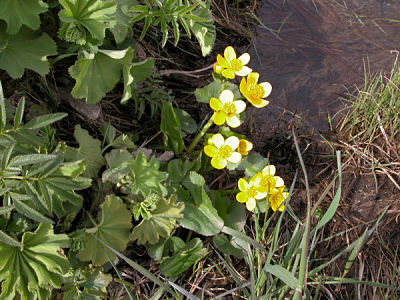
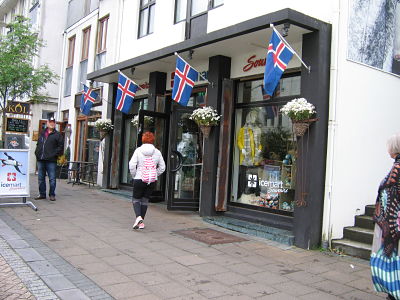

Fáðu nýjustu fréttir og tilboð frá Þund!
Get updates and special offers from Thund!
